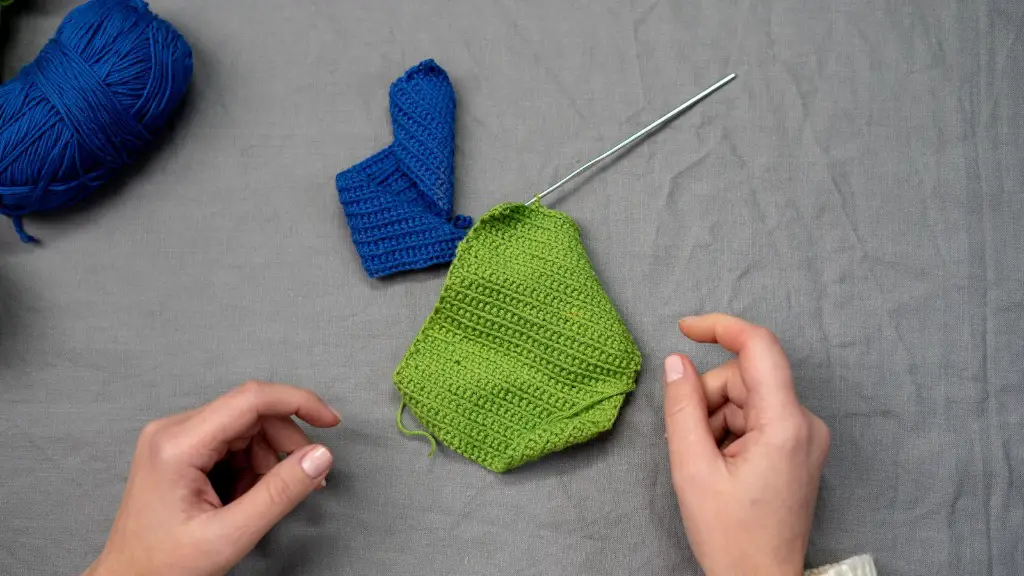Tools and Materials
It’s important to have the right tools when replacing a sewing machine belt. A few specialised tools, such as a screwdriver with a flexible shaft and metric allen keys, are not readily available in the toolbox. Hex wrenches of the right size to fit the machine screws can also be necessary. A Phillips screwdriver can also be useful. With all the necessary tools in hand, you’re ready to begin.
Removing the Old Belt
Most machines have the belt tucked behind the belt guard. To access it, you will usually have to remove the bottom of the casing. This will expose the motor belt which can then be removed. Once the old belt is removed, it’s important to make sure the new belt is the correct size. Measuring the circumference of the old belt is a good way to get the size right. Additionally, manufacturers usually indicate the size of the belt on the machine.
Fitting the New Belt
To fit the belt correctly, you’ll need to follow the instructions for your particular model. Most modern models will have some sort of clamping mechanism. Make sure the new belt is not too tight before clamping it in position. Once the belt is in place, give the machine a quick test to make sure everything is working correctly.
Checking the Motor
When replacing a belt, it’s important to check the condition of the motor. It’s not always necessary to replace the motor, but if the belt appears worn or frayed then it could be a sign that the motor is failing. It’s better to be safe than sorry. If necessary, the motor can be replaced easily.
Tension Adjustment
Tension is one of the most important aspects of using a sewing machine. Getting the tension right will ensure your stitches are consistent and the fabric won’t gather or pucker during work. It’s important to adjust the tension according to the machine manual. Poor tensioning can cause problems that can be difficult to rectify.
Testing the Machine
Before sewing with your newly replaced belt, it’s important to check its functionality. Put some fabric under the presser foot and give the machine a spin. Check that the stitches are even and that the fabric is not gathering or puckering. If everything looks good, the machine is ready for the job.
Cleaning and Maintenance
Cleaning and maintenance are important aspects of using a sewing machine – and especially so when replacing the belt. It’s important to clean the machine after each use. This will help to reduce the wear and tear on the belt, and also help to preserve the machine so it can be used for years to come.
Storing the Machine
Properly storing the machine is the last step in the process. With a newly replaced belt, the machine should run smoothly. Store it away from direct sunlight, dust, and moisture to help protect it from wear and tear. Also, make sure the machine is kept in an upright position and secured in place.
Purchasing the Correct Belt
When purchasing a new belt for your machine, make sure to get the correct size and type. If the manufacturer is no longer in business or the part is no longer available then it would be best to source a generic belt from a reputable retailer. It’s important to make sure the belt is correctly fitted and tensioned, as this will help ensure a good performance and longer life.
Safety Considerations
Replacing the belt on a sewing machine is not difficult, but it should always be done with caution. Before starting on the project, make sure the machine is unplugged and the power is off. Additionally, all loose threads and bits of fabric should be removed. Gloves and safety glasses should also be worn while working, as they will help protect against any potential cuts or hazards.
Working with Others
If you’re new to sewing, or you’re feeling a bit out of your depth when it comes to replacing a sewing machine belt, then it might be worth considering getting help from a friend or family member. Having someone who is knowledgeable about sewing machines on hand can be a great help. Alternatively, taking the machine to a local repair shop could be a good idea if the problem is more complex than you think.
Regular Checks
To get the most out of your sewing machine, it’s important to check the belt every so often. A new belt should last for quite a while, but if you’re using your machine heavily then it might need to be replaced sooner. If you don’t keep an eye on it, the belt can start to fail suddenly. Regular checks will help to minimise the risk and keep your machine working for the long term.
Troubleshooting Problems
If your machine isn’t working properly after the belt has been replaced, then it’s important to troubleshoot the problem. Things to look out for include alignment problems, incorrect tensioning, or worn parts. If you can’t figure out the problem by yourself, then taking the machine to a specialist or repair shop is probably the best option.
Caring for Your Sewing Machine
Once the belt has been replaced, it’s important to keep an eye on the condition of your sewing machine. Cleaning and lubrication are essential if you want to keep your machine healthy. Plus, it’s important to make sure the machine is regularly serviced so any worn parts can be replaced. Regular attention will help ensure the machine runs smoothly for many years to come.



